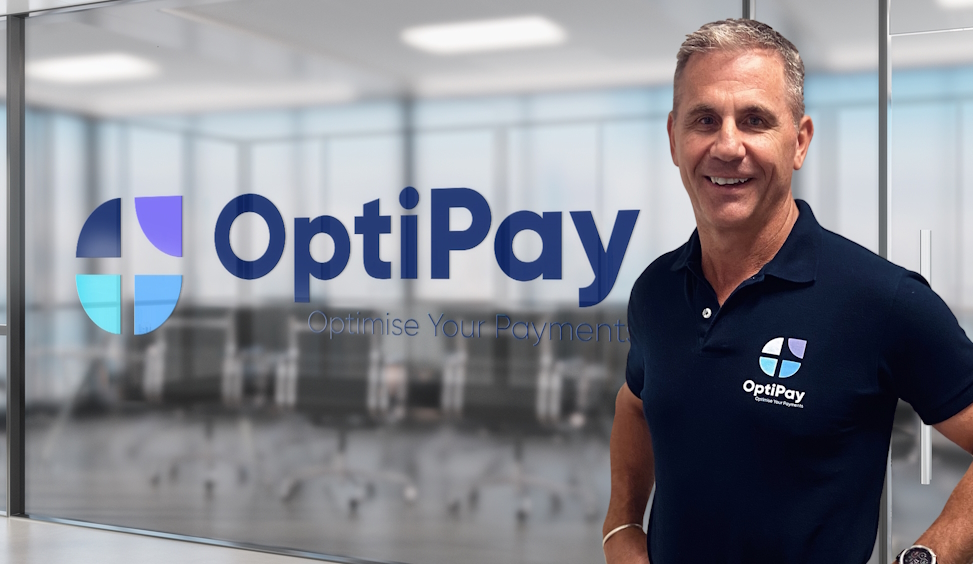Factoring vs invoice financing - what’s the difference?
- Written by Angus Sedgwick, CEO of OptiPay

If you’re a business owner in the USA, UK or Europe there’s a high chance that you’re using invoice financing. An advance on money owed from your outstanding invoices - like a revolving line of credit to help with cash flow. But here in Australia it’s estimated that less than 13% of eligible businesses are taking advantage of this type of asset based funding. Despite growing popularity, there’s still some myths and confusions that exist about what invoice financing actually is.
There’s a common misconception amongst some that invoice financing is the same as factoring. Both invoice financing and factoring involve helping business cash flow and provide businesses with a way to access cash quickly by using their unpaid invoices as collateral, however they are very different financing tools and it’s important to know the difference when looking at them for your business or to advise clients of their options.
What is factoring?
Factoring is a financing option where a business sells its unpaid invoices to a factoring company, and in exchange the factor pays the business a percentage of the value of the invoice upfront, typically between 70-90%. The factoring company then takes responsibility for collecting payment from the customer directly and keeps the difference between the price paid to the business for the sale of their invoices and what they are able to collect. Because the factoring company’s profit is determined by the buy/sell differential the quicker they can collect from the debtors, the better the margin and therefore the collection tactics used with the debtors may be aggressive.
It’s generally used by businesses that need cash quickly and are willing to sell their invoices in exchange for an immediate payment. Factoring may be used by businesses that are in distress and are selling assets including their invoices to bring in cash.
What is invoice financing?
Invoice financing also uses unpaid invoices to access cash quickly, however the business retains control over their debtors ledger and also management of their debtors. With invoice financing, the financier establishes a Facility which provides a revolving line of credit secured by the Accounts Receivables ledger of the business. The business can draw as much or as little of the availability each day that it requires to manage their daily cash flow needs. Just like a business overdraft except better as the availability is determined by the value of the businesses sales, so the facility limit can increase in line with increasing revenue of the growing business. Unlike a traditional business loan that requires the business to service the loan by making regular repayments, with Invoice Finance, the Financier gets paid back when the debtor pays the invoices.
Invoice financing is typically most beneficial for businesses that are in the growth phase of their life cycle and need working capital to drive that growth.
Here at OptiPay we specialise in invoice financing and we’re interested in working with businesses that are experiencing cash flow constraints due to growth. We’ve had companies use our line of credit to fulfil new contracts, purchase new manufacturing facilities, employ more staff and develop new product lines and many other purposes.
Used for the right circumstances, both factoring and invoice financing can help businesses access cash quickly by using their outstanding invoices as collateral but it’s important to evaluate the costs and benefits of each option before making a decision that suits your business needs.














